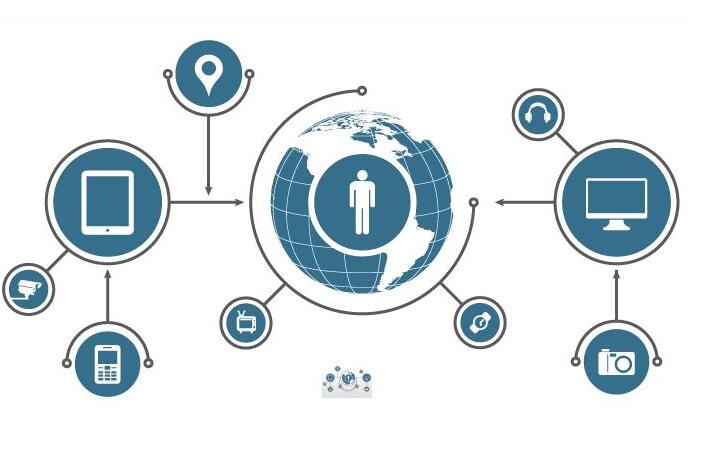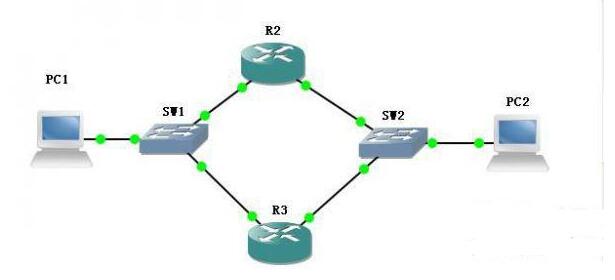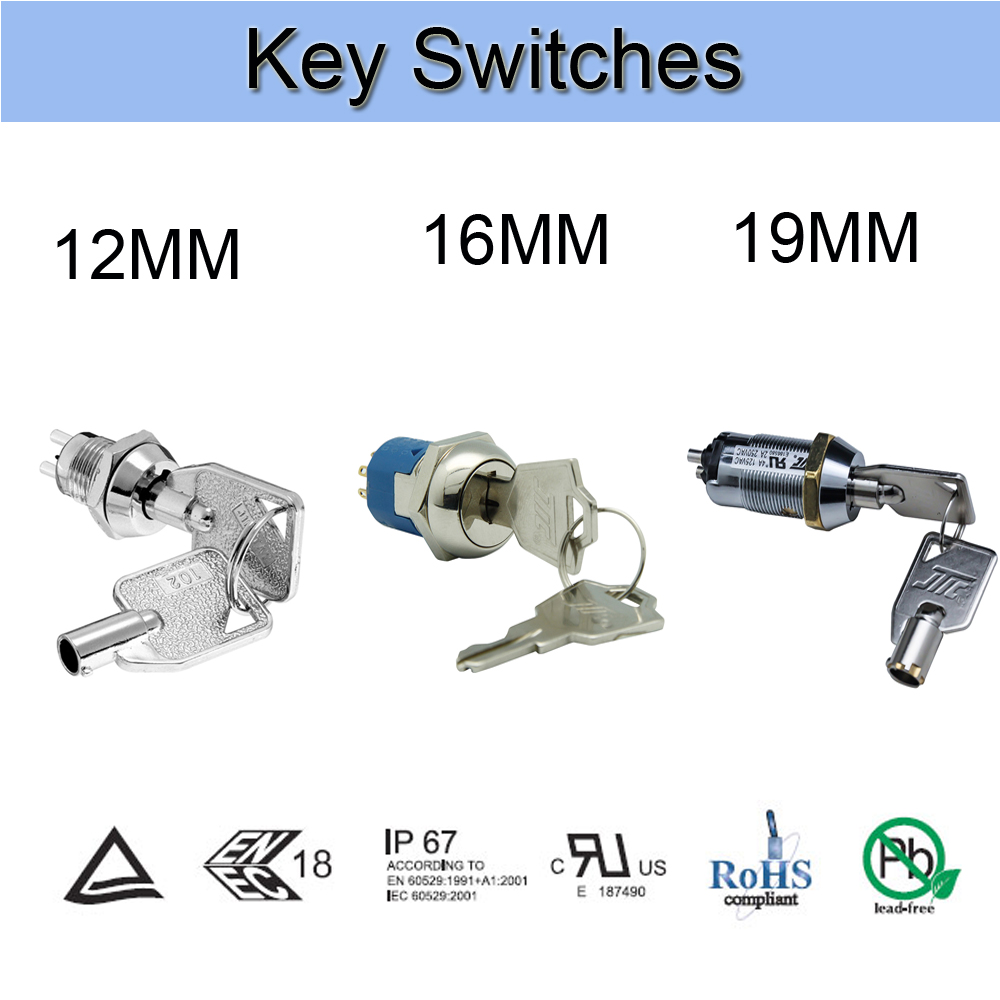What is the core technology of sensor network _ sensor network?
The sensor network is a new research hotspot in the field of information today. It is a multi-disciplinary integrated technology such as MEMS, computers, communications, automatic control, and artificial intelligence. The current research involves communications, networking, management, and distributed information processing. Specifically, key technologies of the sensor network include routing protocols, MAC protocols, topology control, positioning, time synchronization, and data management.
Sensor Network Features1, large-scale
Sensor networks generally consist of a large number of sensor nodes, and the number of nodes may reach thousands or even more. On the one hand, the sensor nodes are distributed in a large geographical area; on the other hand, the sensor nodes are deployed very densely, and a large number of sensor nodes are densely deployed in a space with a small area.
2. Self-organization
The location of the sensor nodes does not need to be designed or predetermined, which allows the sensor nodes to be randomly deployed in inaccessible terrain or disaster relief operations. This requires that the sensor nodes must have self-organizing capabilities. After a sensor node is deployed, first, it must detect its neighbors and establish communications. Second, it must understand the deployment of interconnected nodes, the topology of the nodes, and the establishment of self-organized multi-hop communication channels.

3, dynamic
The sensor network is very dynamic and its topology may change due to the following factors.
1) Failure or failure of the sensor node caused by the depletion of environmental factors or electrical energy;
2) Changes in environmental conditions may cause changes in the bandwidth of the wireless communication link, and may even occur when the time passes.
3) Sensors, sensing objects, and observers of the sensor network can all have mobility;
4) Joining of new nodes.
4, fault tolerance
According to different application scenarios, the sensor node may be deployed in a rather harsh environment. Some sensor nodes may not be able to work or be blocked due to power shortage, physical damage, or interference from the external environment. At this time, the sensor node must be ensured. Failure can not affect the normal operation of the entire sensor network, that is, the sensor network can not be interrupted due to sensor node failure.
5, limited resources
A sensor network is actually a network formed by a large number of very small, low-cost, low-power, multi-functional sensor nodes. These nodes can only communicate freely within a short distance. In general, the sensor node does not act as a mobile device, but remains stationary after deployment. In some cases it is not realistic to replenish its energy. Due to the small size and limited resources of the nodes, there are great limitations in energy and calculation. In general, the resource constraints of nodes mainly include limited energy, short communication range, low bandwidth, limited processing and storage capacity.
6, application related
Compared with other networks, there are many differences in the design and the challenges faced by sensor networks. Sensor network solutions are closely integrated with applications. According to different application requirements, the sensor network will also detect different physical quantities and obtain different information. Therefore, the design of the sensor network depends to a large extent on the monitoring environment in which it is located. The application environment plays a key role in determining the network size, deployment plan, and network topology. The scale of the network will change with the monitored environment. For spaces where the indoor environment is limited, fewer nodes are required to make up the network, while in the outdoor environment, more nodes may be needed to cover a larger area. When the application environment is a network that is inaccessible to humans or consists of hundreds to thousands of nodes, the temporary deployment is better than the pre-planned deployment. Obstacles in the environment can also limit the communication between nodes, which in turn can affect network connectivity (or topology)

1, routing protocol
The routing protocol is responsible for forwarding data packets from the source node to the destination node through the network. The main function of the protocol is to find the optimal path between the source node and the destination node, and correctly forward the data packet along the optimized path. When designing the routing mechanism based on the specific application of the sensor network, the following requirements must be met:
1) Energy efficiency. The sensor network routing protocol not only selects the message transmission path with low energy consumption, but also considers the route from the perspective of the entire network to select and balance the energy consumption of the entire network. Because the resources of the sensor nodes are limited, the routing mechanism of the sensor network must be able to implement information transmission simply and efficiently.
2) Extensibility. In the sensor network, the detection range of the area or node density is different, and the network size will be different; node failure, new node addition, and node movement will also make the network topology change dynamically, which requires the routing mechanism to have Extensibility, able to adapt to changes in the network structure.
3) Robustness. The sensor node failure caused by energy exhaustion or environmental factors, the surrounding environment affecting the communication quality of the wireless link and the shortcomings of the wireless link itself. The unreliable nature of these sensor networks requires the routing mechanism to have certain fault tolerance.
4) Fast convergence. The topological structure of the sensor network changes dynamically, resources such as node energy and communication bandwidth are limited, so the routing mechanism is required to converge quickly to adapt to the dynamic changes of the network topology, reduce the communication protocol overhead, and improve the efficiency of message transmission.

2, MAC protocol
In the sensor network, the medium access control (MAC) protocol determines the use of the wireless channel and allocates limited wireless communication resources among the sensor nodes to build the underlying infrastructure of the sensor network system. The MAC protocol is in the bottom part of the sensor network protocol and has a great influence on the performance of the sensor network. It is one of the key network protocols to ensure efficient communication of the sensor network. The energy, storage, calculation and communication bandwidth of the sensor nodes are limited, and the function of a single node is weak. The powerful function of the sensor network is realized by cooperation of many nodes. The multi-point communication needs the MAC protocol to coordinate the allocation of wireless channels in the local area, and the routing protocol needs to select the communication path throughout the entire network. When designing the MAC protocol of the sensor network, it is necessary to consider the following aspects.
1) Save energy. The sensor node is generally powered by a battery, and the battery energy is usually difficult to supplement. In order to ensure the effective operation of the sensor network for a long time, the MAC protocol should save the energy of the node as far as the application requirements are satisfied.
2) Extensibility. Since the number of sensor nodes, the density of node distribution, etc. constantly change during the survival of the sensor network, the position of the node may also move, and the problem of new nodes joining the network, so the topology structure of the sensor network is dynamic. The MAC protocol should also be scalable to accommodate this dynamically changing topology.
3) Network efficiency. Network efficiency includes network fairness, real-time performance, network throughput, and bandwidth utilization.

3, topology control
The main research problem in topology control of sensor network is to eliminate unnecessary communication links between nodes through the power control and backbone node selection under the premise of satisfying network coverage and connectivity, forming an optimized network structure for data forwarding. . Specifically, the topology control in the sensor network can be divided into two categories according to the research direction: node power control and hierarchical topology control. The power control mechanism adjusts the transmission power of each node in the network. Under the premise of satisfying the degree of network connectivity, the single-hop of a balanced node can reach the number of neighbors. Hierarchical topology control makes use of the clustering mechanism to allow some nodes to act as cluster head nodes. A cluster head node forms a backbone network that processes and forwards data. Other non-backbone nodes can temporarily shut down the communication module and enter hibernation to save energy.
4, positioning
For most applications, the data sensed without knowing the sensor position is meaningless. The sensor node must be clear about its location to specify “where the specific event occurred or area†to achieve the positioning and tracking of the external target; on the other hand, understanding the location information of the sensor node can also improve the routing efficiency, providing the network with a namespace It reports the coverage quality of the network to the Deployer, implements network load balancing and self-configuration of the network topology. Manual deployment and installation of GPS receivers for all network nodes will be limited by issues such as cost, power consumption, and scalability. Even in some cases it may not be possible at all. Therefore, certain mechanisms and algorithms must be used to implement the sensor network itself. Positioning.
5, time synchronization
In the sensor network, the ability of a single node is very limited, and the functions to be realized in the entire system need all the nodes in the network to cooperate with each other. Many sensor network applications require that the node's clock be synchronized.
In the application of the sensor network, the sensor node sends the sensed target position, time, and other information to the aggregation node in the network. After the convergence node processes the data sent by different sensors, the target node can obtain the target's direction of movement, speed, etc. information. In order to be able to correctly monitor the sequence of events, it is required that time synchronization be implemented between sensor nodes. In some event monitoring applications, the time of occurrence of the event itself is a very important parameter, which requires each node to maintain a unique global time to achieve time synchronization of the entire network.
Time synchronization is a research hotspot of sensor networks and plays a very important role in sensor networks. Researchers at home and abroad have proposed a variety of sensor network time synchronization algorithms.
6, data management
The sensor network is essentially a data-centric network. The data it processes is the continuous data stream that the sensor collects. Due to the limited energy, communication, and computing power of the sensor network, the sensor network data management system does not normally send data to the sink node for processing. Instead, it processes the sensor network as much as possible, which can be minimized. The energy consumption and communication overhead of the sensor network extend the life cycle of the sensor network. The existing data management technology regards the sensor network as a distributed sensing database composed of continuous data streams from the physical world, and can use the mature traditional distributed database technology to manage the data in the sensor network. Due to the limited computing power, storage capacity, communication capacity, and battery energy of the sensor nodes, together with the characteristics of the flash memory and the data stream itself, the sensor network data management brings some new challenges that are different from the traditional distributed database system.
Sensor network data management technologies include data storage, query, analysis, and mining as well as theories and techniques based on perceived data decision and behavior. The various realization technologies of the sensor network must be closely combined with these data management technologies in order to be able to design and implement a highly efficient data-centric sensor network system. So far, there is not much research on data management technology, and there are still a lot of problems that need to be solved.

Key Switches
Yeswitch Electronics Co,.Ltd., found in 1995 in Taiwan, is specializing in manufacturing and supplying all kinds of switches, including Key Switches, Metal Switches, Toggle Switches, Rocker Switches, Automotive Switches,etc. Yeswitch Key switches, including Electrical Key Switch, CAM Lock , and self-lock key switch. It is made of Zinc alloy,stainless, brass, silver and other materials. Our key switches have three installation size, respectively are 12MM, 16MM and 19MM. It could used in wide range of applications, for example, ATM, POS machine, Computer host,recreation facilities, Cash register, elevator, electric cars,file cabinets, etc.

It is normally made of stainless,zinc alloy,brass and other metal materials, which is imported form Australian, so our products could enjoy the sound reputation in switch field with he high-end market strategy. Meanwhile, we are very familiar with UL, ROHS,SGS and related other authoritative approve standard in the switch industry.
We are focus on producing high standard and high quality switches, so our key switch is of high standard products , it could not only anti-explosion but also Anti-vibration. And we are also adhere to the three principles to serve our customers around the globe,namely,meeting global standard, accurate operation and on time delivery.

Key Switches,Momentary Key Switch,Key Switch 3 Position,Key Switch On Off
YESWITCH ELECTRONICS CO., LTD. , https://www.yeswitches.com